The word “makerspace” is everywhere, but because of its various styles and adaptations, some teachers are still wondering what exactly a makerspace should look like. While a makerspace is whatever you make it to be, there are certain items that will help create the most functional space. Use this checklist to create an inviting space for students to create, investigate, and learn!
Storage
The greatest investment for your makerspace will be appropriate storage solutions. Makerspaces are environments for students to openly create, but there needs to be places to store all of the odds and ends that come with open-ended projects. If you have a designated room for your makerspace, you can investigate larger storage solutions that can hold more materials. Additionally, you may want to consider table space that doubles as storage.
In many cases, a school does not have a designated makerspace and you may find that you have a makerspace on the move! Look for carts that can store materials and easily be wheeled from classroom to classroom.
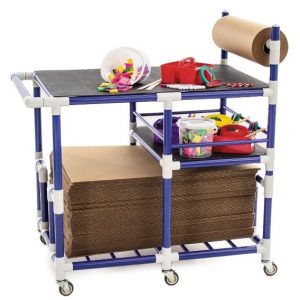
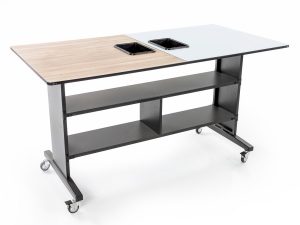
Whiteboards
A great makerspace allows students to freely design and collaborate which means students need a place to jot down ideas. Whiteboards should be ready for students to map out plans and make iterations to their designs.
Consider a board on wheels that can be moved around the makerspace. This is especially handy when tools in the makerspace are in fixed locations like 3D printers or laser cutters. This Maker Idea Board doubles as a whiteboard and a storage unit with a peg-board for tools.
Tools
From scissors to 3D printers – anything goes in a makerspace! Low tech makerspaces need basics like scissors, tape, rulers, and markers while older students might use the makerspace for 3D printing, vinyl cutting, or laser engraving. Take inventory of the tools your school can give up for a makerspace and determine what new items you may need to invest in.
Building Supplies
A good makerspace has a lot of material for students to access when doing projects. If your makerspace focuses on engineering, you need to have building supplies like cardboard or coroplast in addition to the items to hold those materials together. Strawbees are great for makerspaces concerned with sustainability and allow students to reuse straws in design. Octaclips do a great job of holding cardboard together for larger constructions.
Bonus: These materials are reusable and you can keep them around your makerspace for years to come!
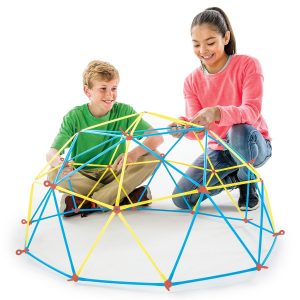
Technology
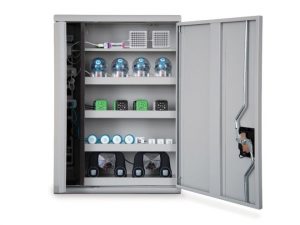 If your makerspace is high-tech, you may want to include robotics in addition to things like 3D printers. Platforms like Ozobots are robust and durable while kits like MakeyMakey allow students to make open-ended creations. If you incorporate robotics or tablets, don’t forget to add a charging station or a charging cart to your checklist. Don’t forget that 3D printers need filament and their own storage too!
If your makerspace is high-tech, you may want to include robotics in addition to things like 3D printers. Platforms like Ozobots are robust and durable while kits like MakeyMakey allow students to make open-ended creations. If you incorporate robotics or tablets, don’t forget to add a charging station or a charging cart to your checklist. Don’t forget that 3D printers need filament and their own storage too!
What else do you use in your makerspace? Leave a comment below with more tips for teachers starting their makerspace!
Stop by our website and check out our hub for everything Makerspace:
Or, checkout these helpful information sheets if you need some inspiration!

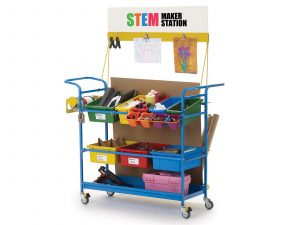
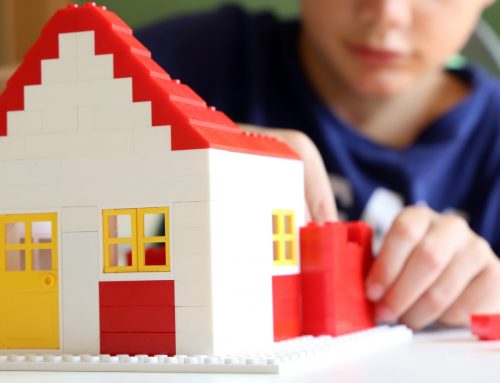


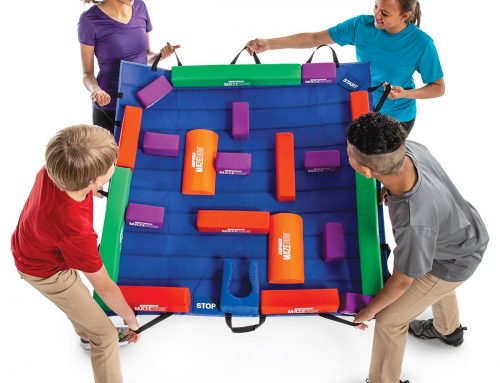
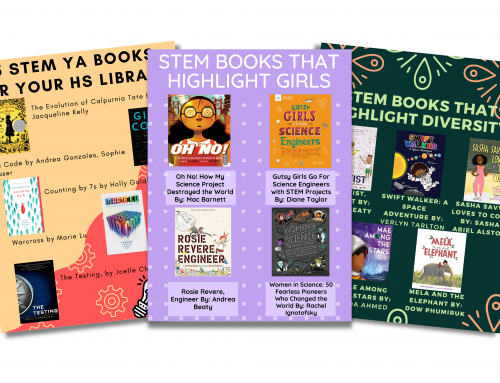

Leave A Comment